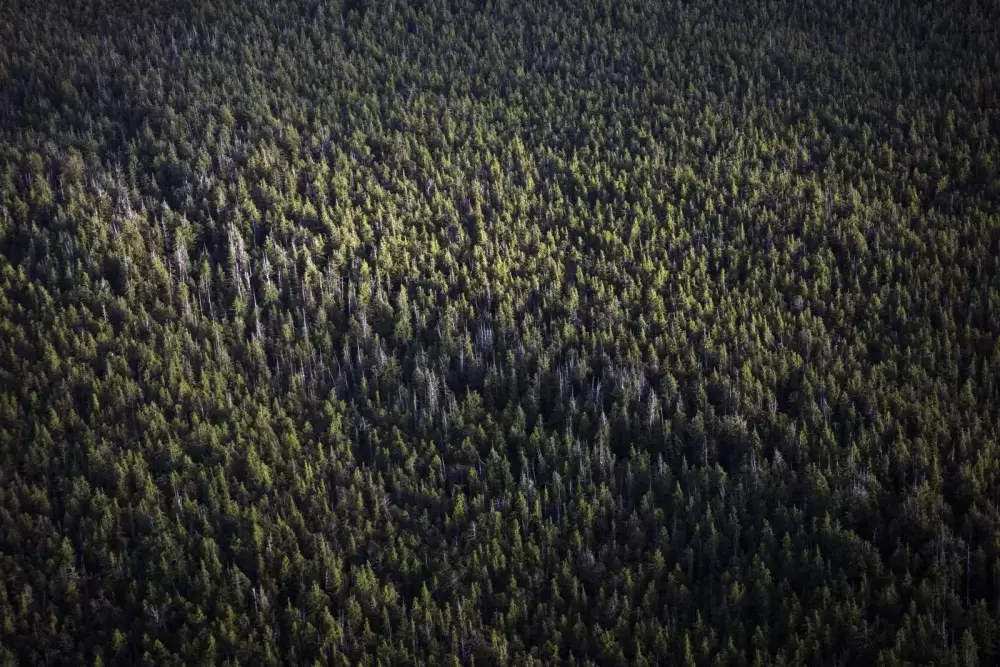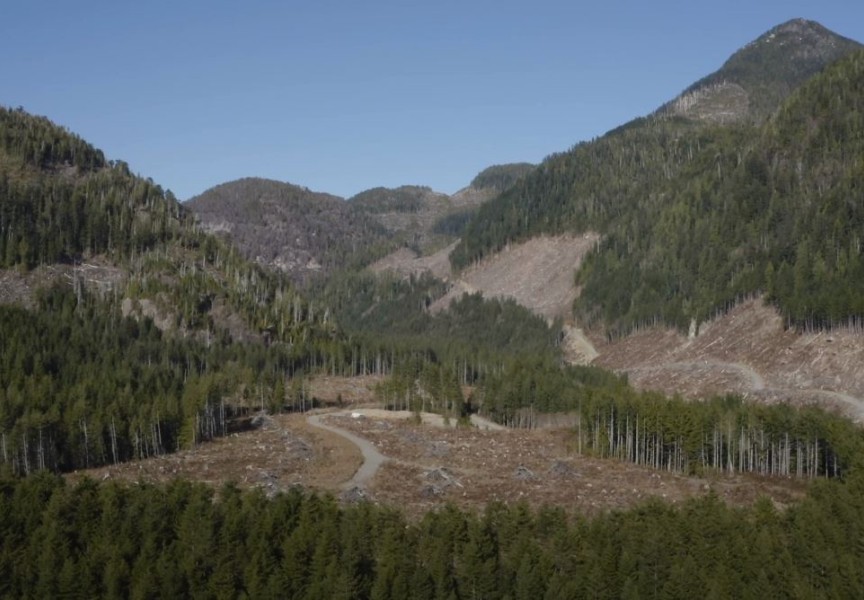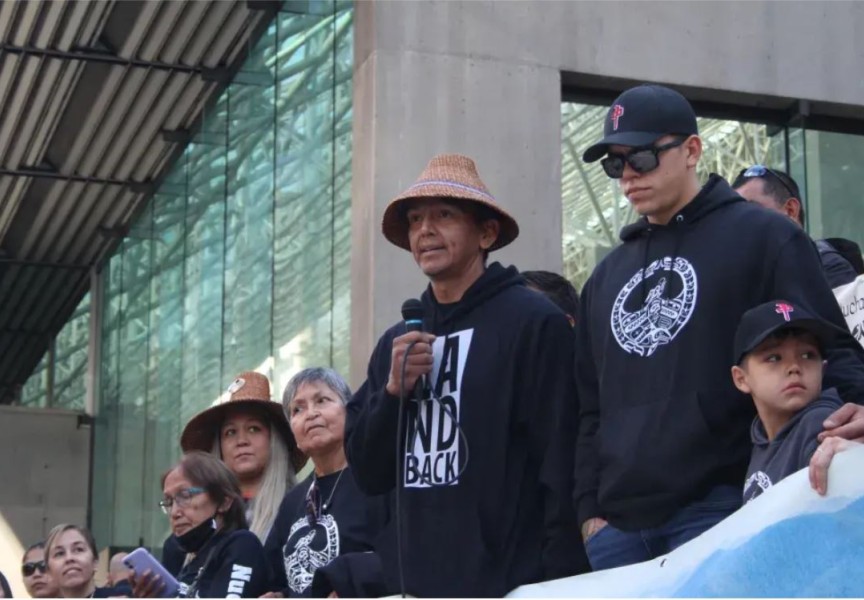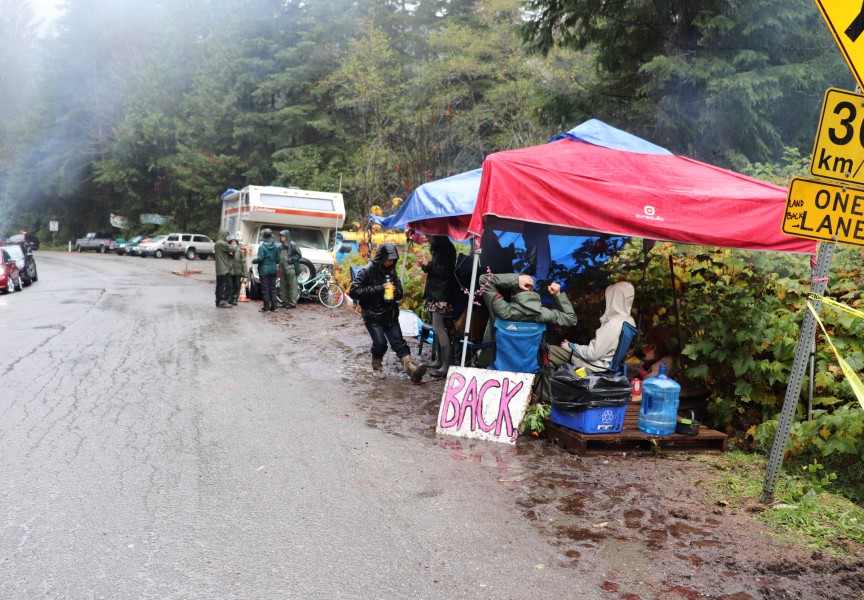The provincial government announced last week that the Indigenous Forest Bioeconomy Program will be expanding, with the aim of funding projects that have yet to leave the pilot, commercialization, or scale-up phases.
Originally launched in 2019, the program aims to increase the participation of First Nations in forestry while also using waste from logging, wildfire debris, and damaged wood to make low-carbon forest-based products. According to the province, the forest bioeconomy “uses sustainably managed forest material (forest biomass) to make bioproducts like consumer goods and industrial products.” Forest biomass is essentially any forest material.
“We are taking action to build a sustainable, innovative forestry sector and create new opportunities for workers, communities and First Nations,” says former Minister of Forests Katrine Conroy in a press release. “By turning wood waste and dead trees into new, high-value and long-lived wood products, we can replace products made from non-renewable sources and boost the role of B.C.’s forests in helping to fight climate change.”
Since launching the program three years ago, 24 Indigenous communities have received funding for over 40 projects. These projects include Great Bear Rainforest Essential Oils, a social enterprise Coastal First Nations Great Bear Initiative. Great Bear Rainforest Essential Oils began extracting essential oils from conifer needles in the region, and have been able to expand their operation with six new jobs being made available.
The program has also partnered with the Heiltsuk Tribal Council, FPInnovations, UBC and Mitacs to build a series of tiny homes in Bella Bella to address growing population and lack of housing issues.
Deadwood Innovations from Fort St. James and in partnership with the Nak’azdli Whut’en First Nation were the first to receive funding through the new accelerator stream. They work to transform wood damaged by mountain pine beetle and wildfire into products such as rail ties, rig mats and decking.
“Our partnership with Deadwood Innovations is one example of our Nation’s increasing participation in forestry on our traditional territories,” says Chief Aileen Prince of the Nak’azdli Whut’en First Nation in a statement. “This is creating more economic opportunities in our community and finding new uses for waste, while protecting our forests and wildlife for generations to come.”
An application form for the program can be found online, under the Ministry of Forests web page.
Increasing the use of the timber that may have been discarded in the past could also help account for a slowly dropping amount of available timber in the province. Since December of 2019, the allowable annual cut of timber in the province has declined by 5.3 per cent, with the number of cubic metres available dropping by more than 2.5 million.
“Strengthening B.C.’s forestry sector means tackling the challenges of today, while making sure we seize the opportunities of tomorrow,” explains Conroy. “This will take all of us working together – the provincial government, First Nations and the forestry industry – to drive forward innovation and greater sustainability, support increased Indigenous participation and create more jobs for every tree harvested.”
The 2022 provincial budget has allocated a further $20.4 million to be provided to the program over the next three years.







